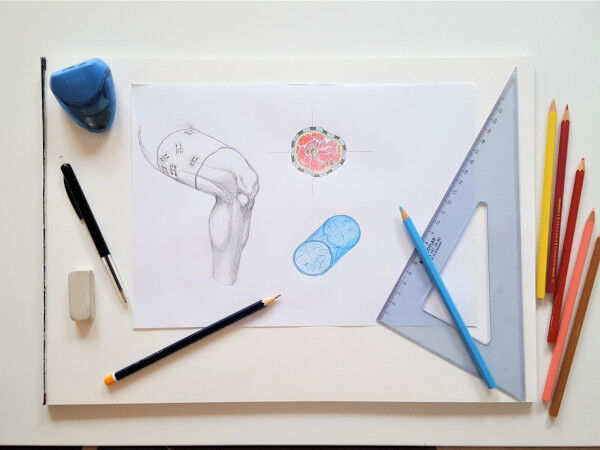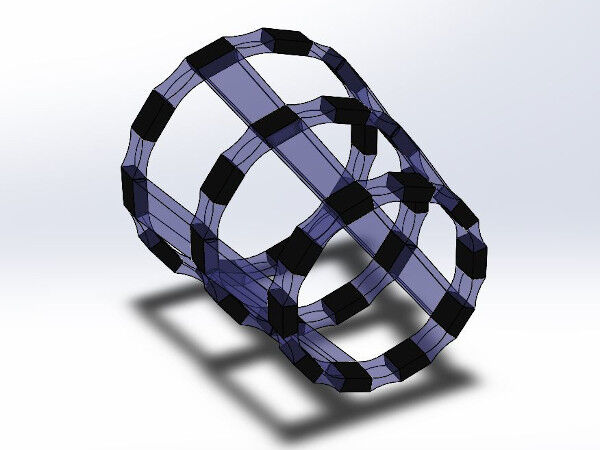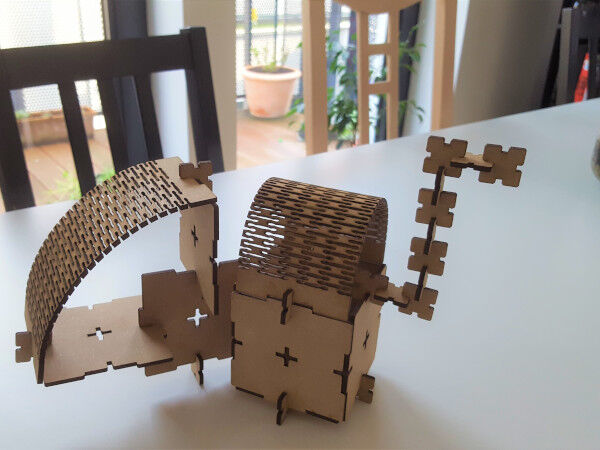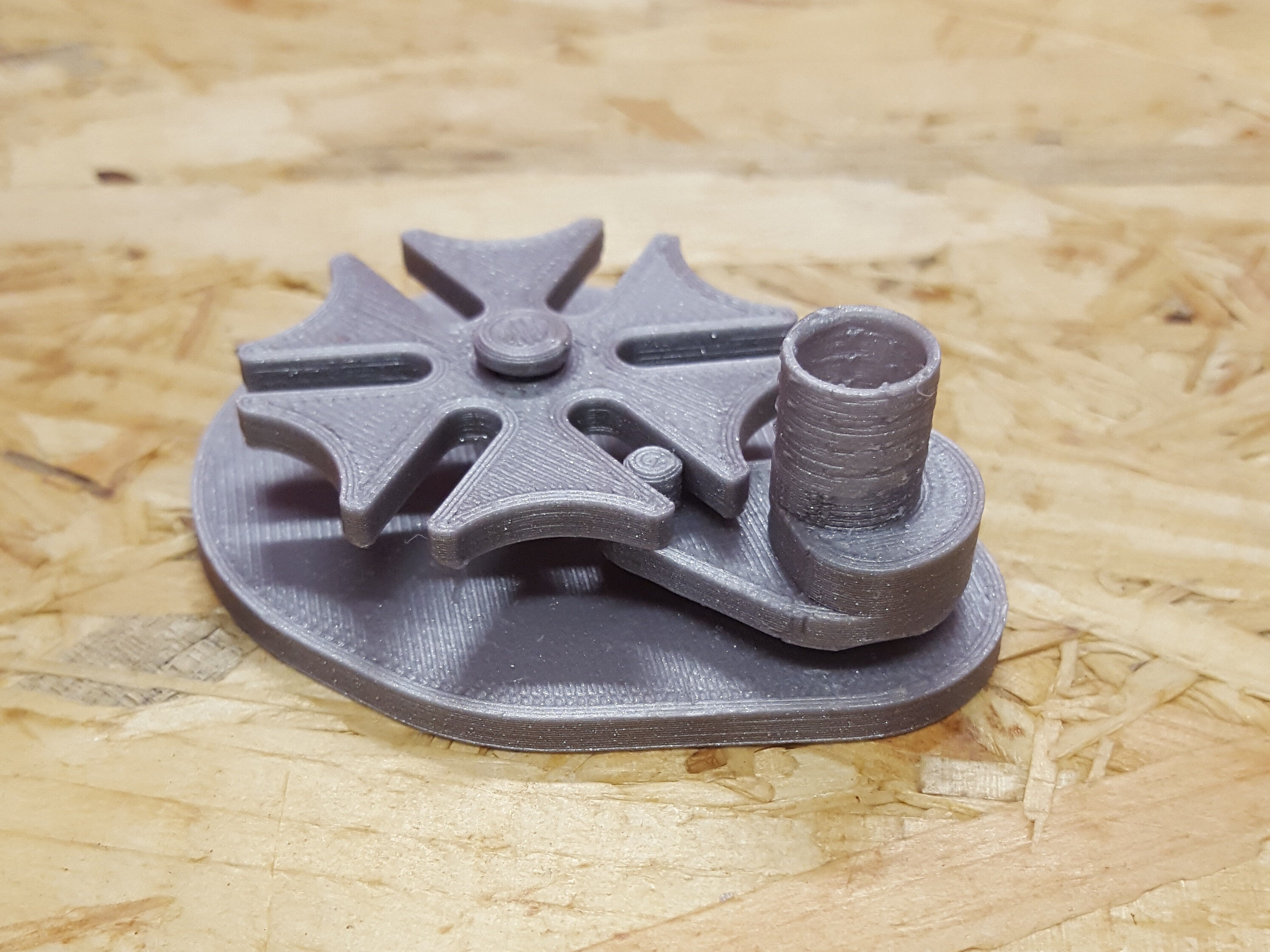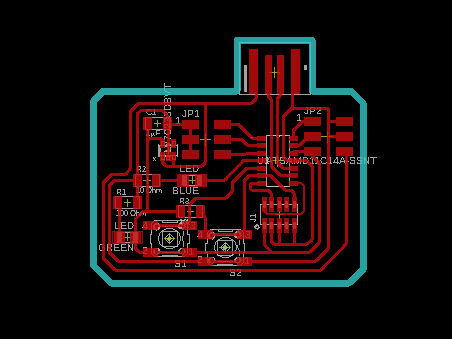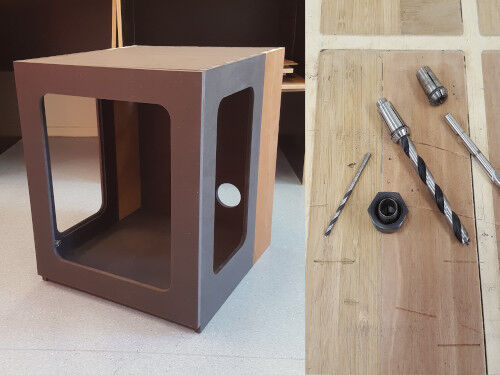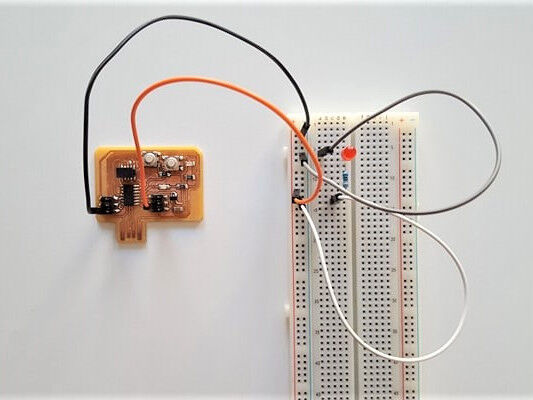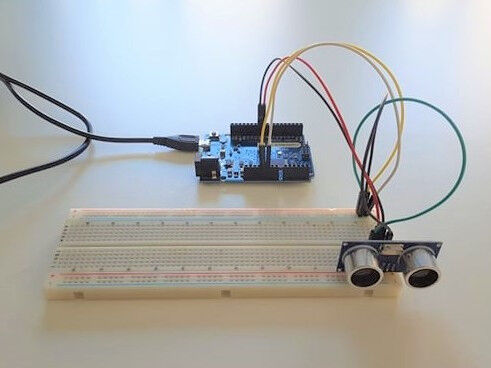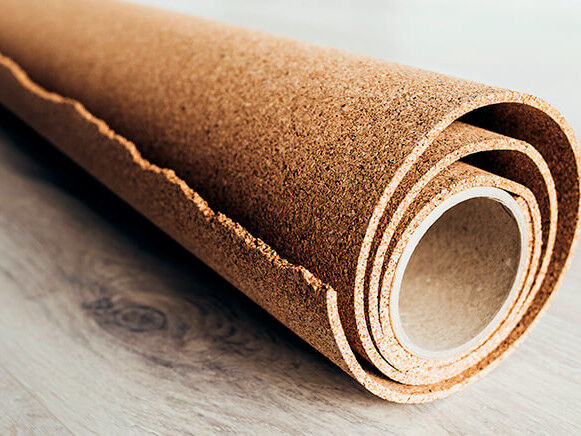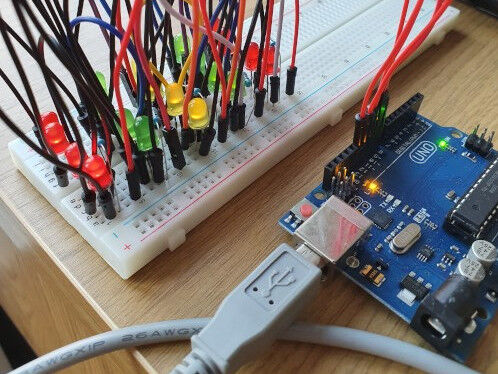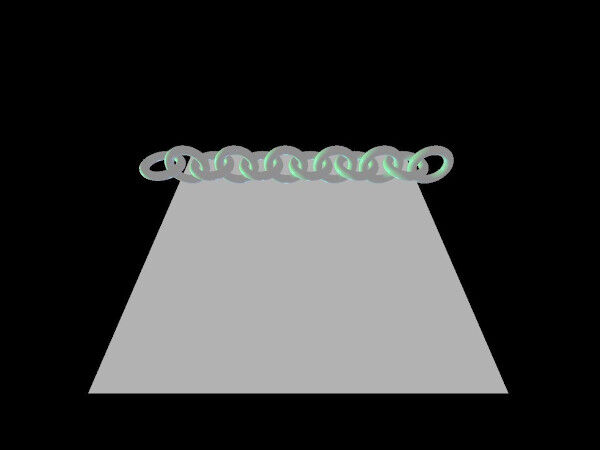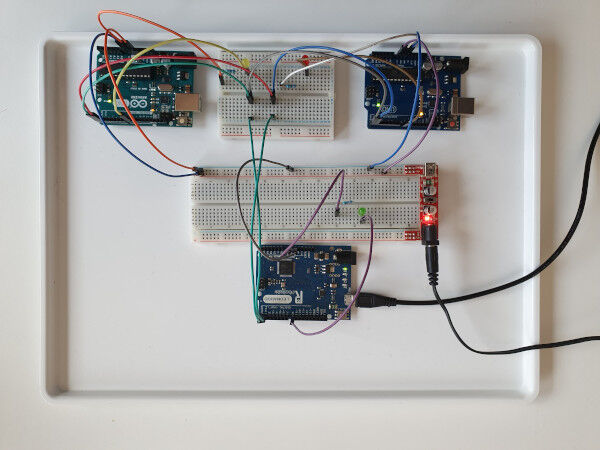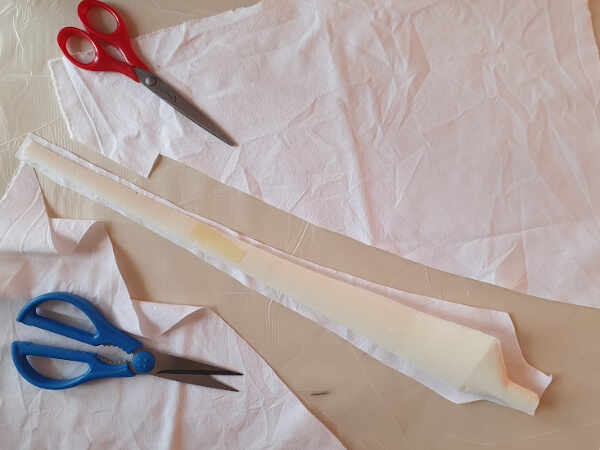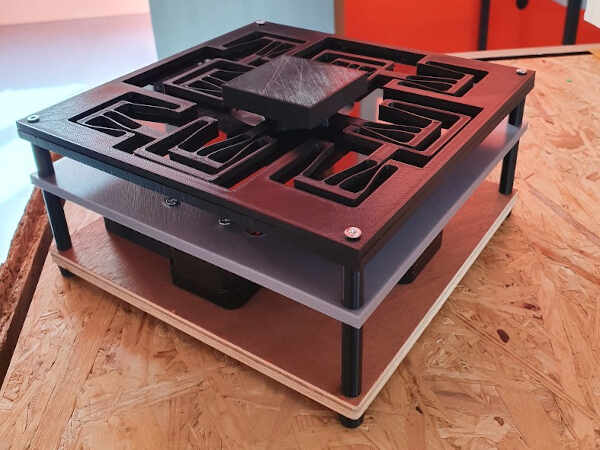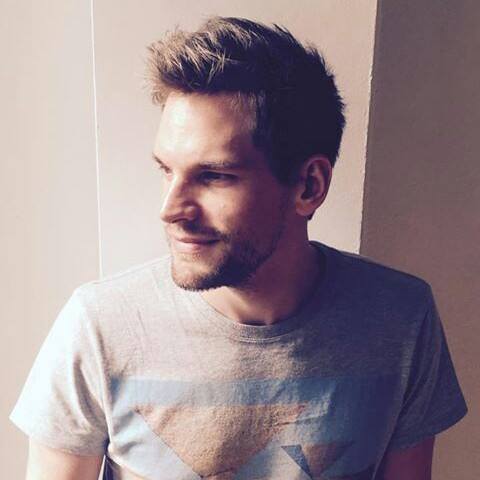The fountain of despair
My Final Project
Inspired by Shakespeare's bloodiest play and its violent rewriting by Heiner Müller, the fountain of despair pictures the decline of the empire and is meant to be a masterpiece in the scenography of ANATOMY TITUS. From three heads the blood of the innocents flows. It is innocent blood, the blood of the doe, Lavinia's blood, daughter of Titus, general in the Roman army. The war is over. And even though Titus is victorious he is about to learn that war always comes with misery.
Summary slide

Presentation video
More than esthetic this project comes with interesting challenges. Since the fountain is on stage when the operator is backstage, the first challenge was to provide for remote control of the fountain. This was done through BLE and with a GUI that let the user change the flowrate of the pump via PWM. The second challenge was to make the fountain waterproof. This was made possible by transferring a thin layer of PU rubber on the fountain surface.
For more information about this project check the project development page.

